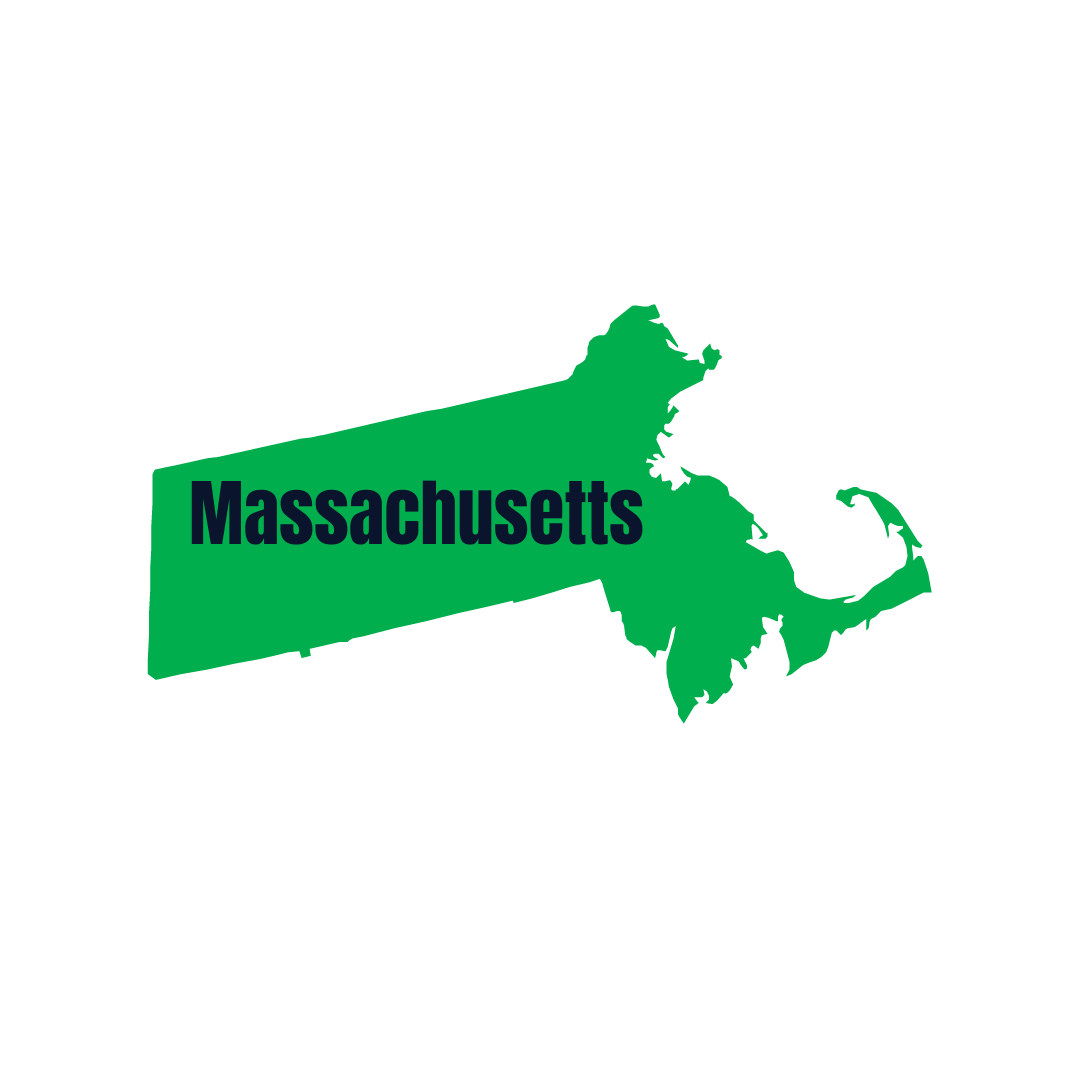State Resources by State
Brownfield Contacts
The brownfield program in MA is currently managed regionally. The regional offices by community can be found here and the respective brownfield contacts in the table below.
| Northeast Regional Office, Wilmington | Joanne Fagan | joanne.fagan@state.ma.us |
| Southeast Regional Office, Lakeville | Angela Gallagher | angela.gallagher@state.ma.us |
| Central Regional Office, Worcester | Amy Sullivan, Mark Baldi | mark.baldi@state.ma.us |
| Western Regional Office, Springfield | Saadi Motamedi | saadi.motamedi@state.ma.us |
NOTE: For petroleum site-specific determinations and state support letters for MARC grants, the statewide contact is Angela Gallagher.
MA Brownfield Programs
 MassDEP Brownfields Program Main Page
MassDEP Brownfields Program Main Page
MassDEP Resource Page for Developers
State Funding Program: MA does not currently have a state brownfield funding program.
Liability Relief Program: The Brownfields Act established statutory liability relief in MGL Chapter 21E for certain parties undertaking Brownfields projects.
Brownfields Inventory
MassDEP maintains a statewide brownfields inventory that includes an Excel list and GIS map. As noted on the page, these lists/maps are not comprehensive, as Brownfield sites are NOT required to "self-identify" or register with the Department.
Regulatory Framework
Information on the site remediation process and the regulatory framework (the Massachusetts Contingency Plan) can be found on the MA State Cleanup Program webpage.
Planning Documents
Massachusetts Law (Part I, title VII, Chapter 41, Section 81D) requires every city or town to establish a planning board and develop a Master Plan that includes land use, housing, economic development, natural resources, transportation, open space and other services.
There is no central repository for the master plans but they are typically available on the websites of each town/city and/or the 13 regional planning agencies in the state.
State and Town Data
The Massachusetts State Data Center official local source of demographic, economic and social statistics produced by the U.S. Census Bureau.
MA Population Health Statistics compiles and curates data sets from across DPH programs and bureaus, as well as from external data contributors to study population health trends and inform policy development.
MassGIS is the state’s one-stop-shop for interactive maps and associated descriptive information.
Public Health Data
MA Population Health Statistics compiles and curates data sets from across DPH programs and bureaus, as well as from external data contributors to study population health trends and inform policy development.
The MA Environmental Public Health Tracking website also includes maps and tables for selected categories. Community profiles include asthma rates and Pb blood levels by town, while the Health Data section includes a list of all data and the scale at which they are available.
Specific categories of interest to brownfield grants:
Asthma
Hospitalization data available by community and pediatric prevalence also available by school through the Asthma page on the MAEPHT.
Cancer
The CDC National Environmental Public Health Tracking Network includes a map in the Data Explorer Tool by census tract for two cancer indicators: crude prevalence of cancer among adults and number of breast cancer cases for a 10-year period. These are NOT actual cancer rates; they are modeled on the basis of survey responses and the PLACES project (Population Level Analysis and Community Estimates).
The United States Data Statistics website includes data visualizations with actual cancer rates, which are available at the county and congressional district level.
The Cancer page on the MAEPHT provides access to both Direct and Standardized Incidence Rates for different types, by community and by census tract. Cancer incidence data provided on this website are obtained from the Massachusetts Cancer Registry (MCR) within the MDPH Office of Data Management and Outcomes Assessment.
Birth Defects
The only dataset available nationally for birth defects is through the CDC National Environmental Public Health Tracking Network and it provides data at the county level for 11 different types of birth defects.
Lead Poisoning
The Childhood Lead Poisoning page on the MAEPHT provides access to Pb blood levels by community.